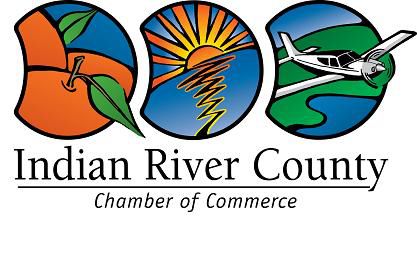
Last week’s tourism numbers presentation in the Indian River County Commission chambers was loaded with the usual rosy stats – the increasing number of visitors, room nights and bed tax collections.
But when Allison McNeal, the county Chamber of Commerce tourism director, presented one particular smiley-face number to the Tourism Development Council, it grabbed everyone’s attention as something way out of the ordinary.
McNeal said that, according to chamber public relations consultant Evok Advertising of Orlando, 18 articles and blog posts from travel writers visiting Indian River County in the past year created a circulation of 250,529,941, with nearly a billion impressions and a public relations value of $10,312,971.
McNeal was taking credit for this phenomenal exposure on behalf of the chamber, which orchestrated the travel writer visits.
Members of the tourism council, an advisory committee composed mainly of local hotel and business owners, appeared delighted by the lofty numbers, even if some may have not been quite sure exactly what the numbers represented.
The PR industry calls these numbers “advertising value equivalencies,” or AVEs.
A day after the meeting, McNeal sidestepped a bit, explaining to 32963 that those “AVE” numbers from the 18 articles did not come from the chamber. They were generated by Evok, she said.
McNeal also acknowledged to 32963 that the concept of advertising value equivalencies is controversial and hotly debated – something she did not mention when presenting the numbers to the tourism council.
County Commissioner Joe Flescher, who chairs the tourism panel, said the county tourism articles have value but agreed that assigning exact monetary values to the stories is not an empirical science.
32963 reached out to Evok to explain the numbers, especially about how 18 articles can translate into more than $10 million worth of “PR value.”
Nina Zapala, Evok public relations strategist who oversaw the Indian River County numbers, acknowledged the AVE methodology is controversial and relies on an array of measuring sticks ranging from ad rates and multipliers to readership totals and Google analytics.
Evok reached the Indian River County PR value numbers by multiplying the cost of advertising by three, McNeal said. She cited an example: “An article was placed in a magazine with a circulation of 30,000. If the cost of advertising in the magazine were $1,200, the PR value would be, $3,600.”
Zapala said the multiplier of three was a reasonable number and some ad agencies actually use higher multipliers.
One of the 18 articles that beefed up the PR numbers was a Huffington Post blog item written by Xaque Gruber, who is a writer with local connections invited by the chamber to check out Vero Beach attractions such as staying for free at Vero Beach Hotel & Spa, kayaking on the lagoon, lunching at Captain Hiram’s and touring Vero Beach Museum of Art.
Gruber’s “Five Reasons Vero Beach Is Your New Favorite Florida Destination” post on Huffington Post was a valentine to Vero Beach that was reposted on Facebook and embraced by the local business community.
It is possible the chamber and Evok are overestimating the impact of Gruber’s post, however. As of the second week in August, it had been read by 2,300 people, not millions, according to the Huffpost counter at the top of the post.
At last count, McNeal’s explanations were still a long way short of adding up to $10 million in publicity.



